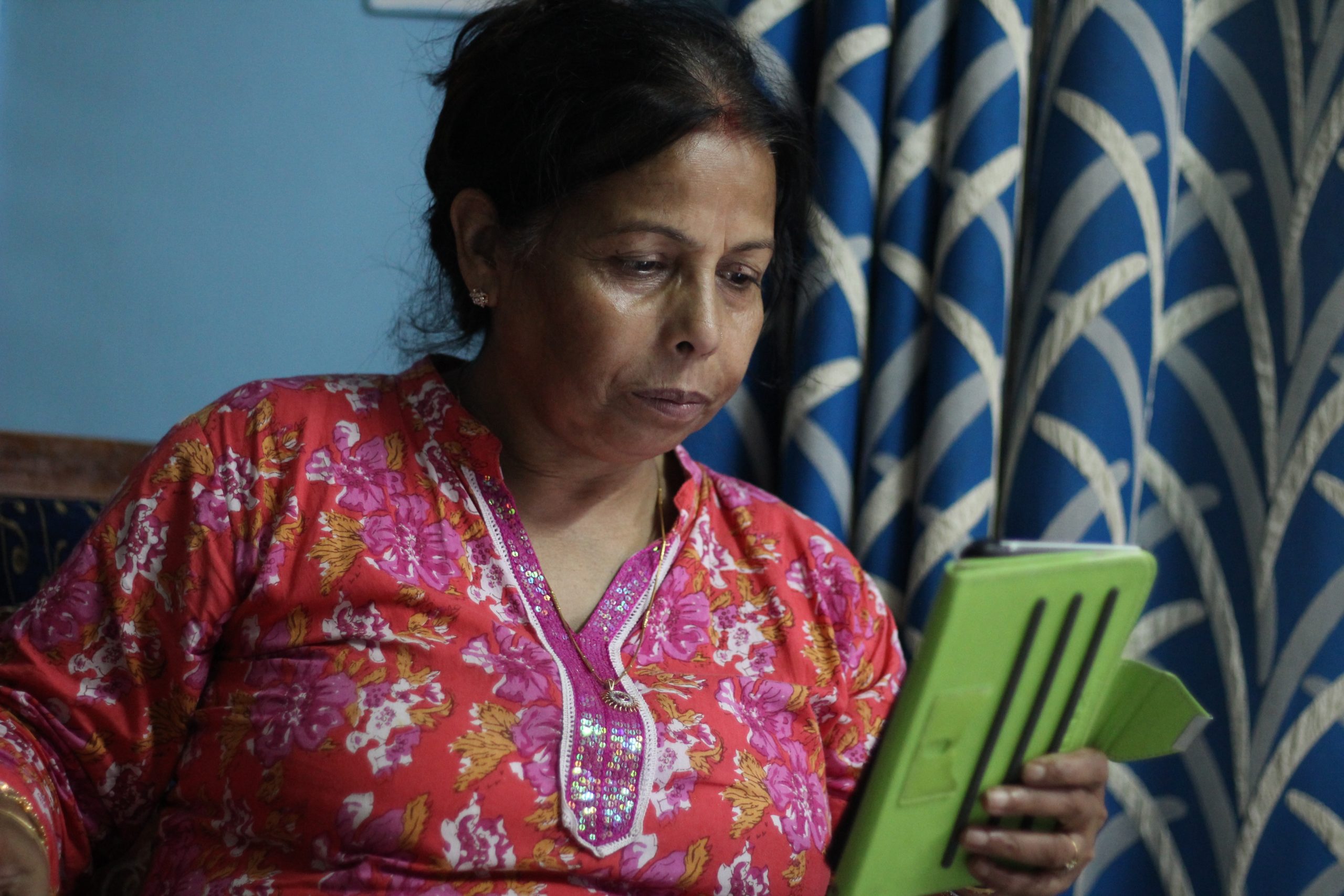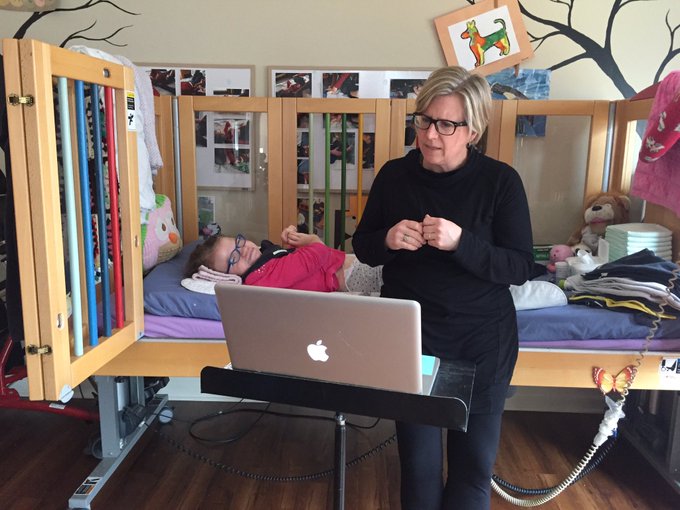
How to prepare for a virtual visit
Hamilton Health Sciences offers virtual care to provide high quality, safe care to our patients and families outside of the hospital environment. It encompasses all the ways that healthcare providers interact remotely with patients through the use of technology or other forms of communication.
Part of this delivery model is virtual visits. A virtual visit is an appointment with your doctor or health care team that does not involve an in-person meeting.
There are two types of virtual visits:
- A phone visit, where you speak with your doctor/healthcare team using a telephone or smartphone
- A e-visit visit, where you speak with your doctor/healthcare team using a smartphone, computer or other personal device with a microphone and camera
Learn how to prepare for your virtual visit to make the most of your time.
Before your appointment
Find the right location that is private, comfortable, free of distractions, and brightly lit if you will be on video.
Wear earphones or headphones for better audio quality and increased privacy during your visit.
Prepare accessibility devices you may need, such as eye glasses and hearing aids.
Have your health card handy. If your health card does not include a photo, you may be asked to provide a valid photo ID to confirm your identity.
Charge your computer, smartphone, or tablet or plug it in, and arrange a stable internet connection. You may need to download software such as Zoom. Your healthcare provider will provide instructions to log on in advance. Test your device to ensure that your video and audio settings are working.
Family or friends can be present to assist with translation, help you understand health information, or help with technology. Consider having someone available if you need them.
 Prepare the information your doctor may ask for:
Prepare the information your doctor may ask for:
- Write down your symptoms. What are they? When did they start? How severe are they? How do you manage them?
- Write down key health information such as weight, temperature, blood pressure and anything else you routinely monitor.
- Write down a list of your current medications, vitamins, supplements and allergies.
- Write down current health prevention or treatment activities. Are you undergoing treatments such as physiotherapy? Do you do anything to prevent health problems, such as exercise or follow a specific diet?
- Write down relevant health and family history. Include functional issues, assistive devices, past traumas, past surgeries, hospitalizations, immunizations and any relevant family health history.
During your appointment
Discuss your health goals and the goal of the appointment. What is most important for you to know? What concerns you the most about your health?
Discuss your symptoms. Ask your provider for their opinion on how to manage your symptoms.
Consider your lifestyle. Are there special considerations that could influence the recommendations and/or solutions? Be up front with your provider about your limitations, habits and lifestyle.
Create a timeline. How can you complete the treatment plan? When should it be completed by? Identify if you need support, such as financial assistance with medications. Decide together what the best approach is for your health.
Discuss the follow up plan. What should you do if the symptoms do not improve or they worsen before your next follow-up appointment?
Share information. Tell your provider about the other healthcare professionals you routinely see. Ask how your information will be shared with you and with your healthcare team.
Learn more about virtual visits at Hamilton Health Sciences.



